|
|
Two of the most famous châteaux in the region are the Château de Blois (shown here), and the Château de Chambord (see title page), which is the Loire’s largest residence. Both are rated by the Michelin Guide as *** (= worth a journey). Whereas Chambord was built by King François I in the 16th century in the new Italian decorative style of Renaissance architecture, the château at Blois has a mixture of styles reflecting the various periods of its building from the 13th to the 17th century. Despite their differing styles, they have one thing in common, the result of the caprice of François I: both have magnificent spiral staircases. |
|
The staircases
It has been suggested that both were designed by Leonardo da Vinci as ‘premier peintre et ingénieur et architecte du roi’, for Leonardo spent his last years in the Loire Valley under the patronage of François I. |
|
The shape of the rail of a spiral staircase is a circular helix. It is the shape taken by a straight line (not vertical or horizontal) on a plane when the plane is wrapped around a cylinder. A helix can be easily constructed by drawing a line, roughly diagonal, with an OHP pen on an acetate sheet, then wrapping this around a cylinder. A transparent plastic cylinder (such as used for presenting flowers) allows the helix to be seen to best advantage. Try this for yourself.
|
|
|||||||
|
The DNA molecule Probably the best known example of the double helix is the molecule of DNA, deoxyribose nucleic acid, the ‘blueprint of life’, which occurs in the cells of every living thing. Its structure was first identified by American biologist James Watson and Further reading Garland, T.H. (1987), Fascinating Fibonacci: Mystery and Magic in Numbers,Dale Seymour Publications.
Watson, J.D., (1968), The Double Helix: a personal account of the discovery of the structure of DNA, Weidenfeld & Nicolson. http://www.castles.org/castles/Europe/Western_Europe/France/france110.htm |
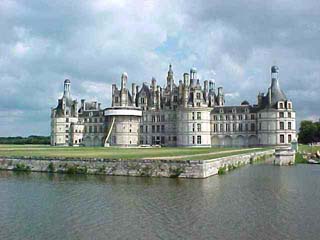
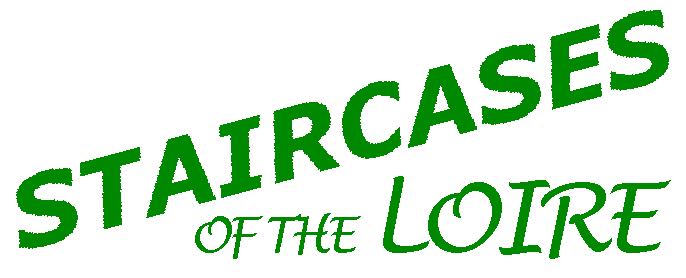

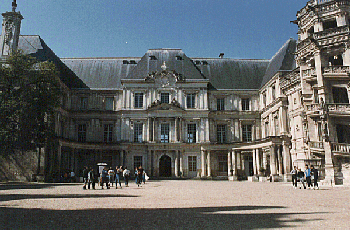 Blois and Chambord
Blois and Chambord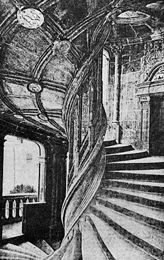 The staircase at Chambord is unusual in that it consists of two
The staircase at Chambord is unusual in that it consists of two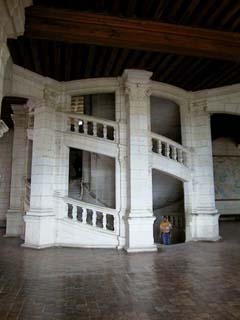 superimposed spirals which do not meet, so that it is possible to ascend on one spiral and descend on the other. The staircase at Blois (shown here), while having only one spiral, is more finely decorated.
superimposed spirals which do not meet, so that it is possible to ascend on one spiral and descend on the other. The staircase at Blois (shown here), while having only one spiral, is more finely decorated. 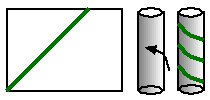 The circular helix
The circular helix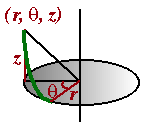 The helix is generated as the product of a rotation about a point of the plane and a translation perpendicular to the plane. One can think of the path of the point as a screw displacement or continuous twist about a straight line, so that it moves along the surface of a cylinder radius a, a distance z proportional to the angle of twist.In terms of cylindrical coordinates (r,
The helix is generated as the product of a rotation about a point of the plane and a translation perpendicular to the plane. One can think of the path of the point as a screw displacement or continuous twist about a straight line, so that it moves along the surface of a cylinder radius a, a distance z proportional to the angle of twist.In terms of cylindrical coordinates (r, 
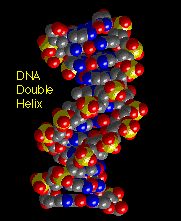 British physicist Francis Crick in 1953 based on X-ray crystallographic data. An account of their discovery is given in Watson’s book The Double Helix. It’s a good read.
British physicist Francis Crick in 1953 based on X-ray crystallographic data. An account of their discovery is given in Watson’s book The Double Helix. It’s a good read.